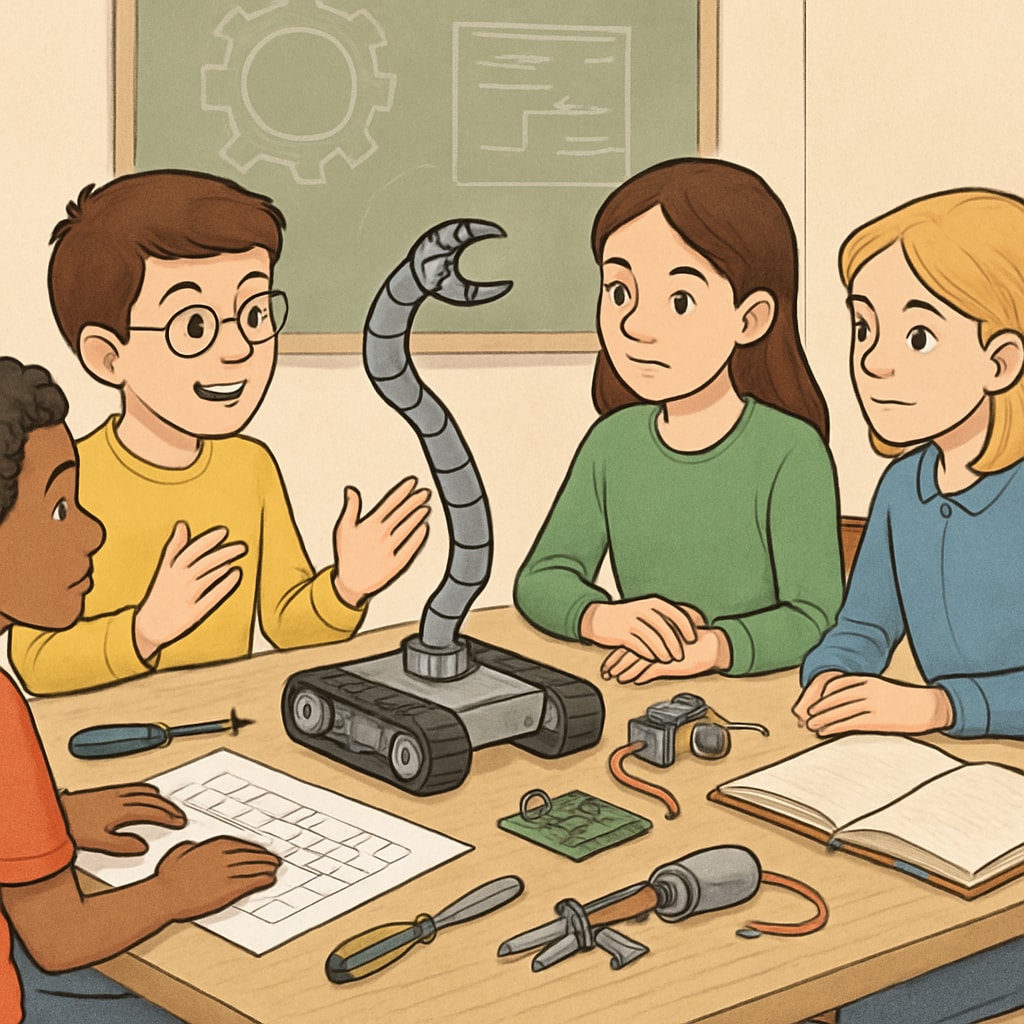Combining an education degree with an engineering degree might seem like an ambitious academic path, but it offers a unique blend of skills that can set students apart in today’s competitive world. Balancing the rigorous demands of these two disciplines requires careful planning, dedication, and a clear vision of the career benefits. This article delves into the feasibility, challenges, and advantages of pursuing an education and engineering dual degree, providing practical insights for aspiring cross-disciplinary professionals.
Why Combine Education and Engineering?
The combination of education and engineering opens doors to diverse career paths. Students with expertise in both fields can pursue roles such as STEM educators, curriculum developers for technical subjects, or even innovators in educational technology. For example, engineering knowledge can empower future educators to teach advanced technical concepts, while a background in education helps engineers effectively communicate their ideas and mentor teams.
Moreover, the synergy between these fields is becoming increasingly relevant as industries demand professionals who can integrate technical expertise with teaching or training capabilities. According to Britannica, education plays a critical role in disseminating technical knowledge, making this dual degree a powerful asset in modern academia and industry.

Challenges of Pursuing a Dual Degree
While the rewards of an education and engineering dual degree are significant, the path is not without its challenges. These include:
- Time Commitment: Completing two demanding degrees often requires additional semesters or summer courses, extending the typical timeline for graduation.
- Workload: Balancing the theoretical coursework of education with the technical demands of engineering can be overwhelming without strong time-management skills.
- Financial Strain: Extended study durations may increase tuition costs, making financial planning essential.
Despite these challenges, students can succeed with proper planning and support. Universities increasingly offer structured dual-degree programs to help students navigate their academic journey efficiently.
How to Make It Work?
To successfully pursue an education and engineering dual degree, students should consider the following strategies:
- Research Universities: Opt for institutions that offer well-integrated dual-degree programs. For instance, some universities provide customized curricula and advisors for cross-disciplinary studies.
- Plan Early: Begin planning your course schedule in the first year to avoid missing prerequisites or overlapping requirements.
- Seek Support: Leverage university resources like academic advisors, career counselors, and student organizations to stay on track.
- Stay Organized: Use planning tools or apps to manage classes, assignments, and internships efficiently.
Additionally, gaining practical experience through internships or research projects can bridge theoretical concepts with real-world applications. For example, an internship in an EdTech company can provide insights into how engineering principles are applied to improve teaching methodologies.

The Value of a Dual Degree
Graduates with dual degrees in education and engineering are well-positioned to impact industries in various ways. They can:
- Develop innovative educational tools and technologies.
- Bridge the gap between technical expertise and effective teaching.
- Contribute to STEM outreach programs that inspire the next generation of engineers.
The ability to combine pedagogical skills with technical knowledge makes these graduates highly sought after. As noted by Wikipedia, STEM education is a critical area of focus for global development, and professionals with expertise in both fields play a pivotal role in driving progress.
In conclusion, while pursuing an education and engineering dual degree is challenging, the opportunities it offers are well worth the effort. With proper planning and determination, students can successfully navigate this academic path and make significant contributions to both fields.
Readability guidance: This article uses short paragraphs, incorporates lists for clarity, and balances technical and accessible language to enhance readability. Transition words are used to ensure a smooth flow of ideas.


